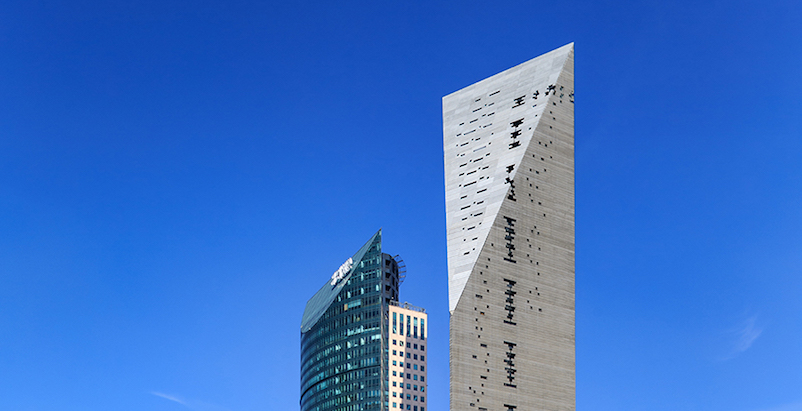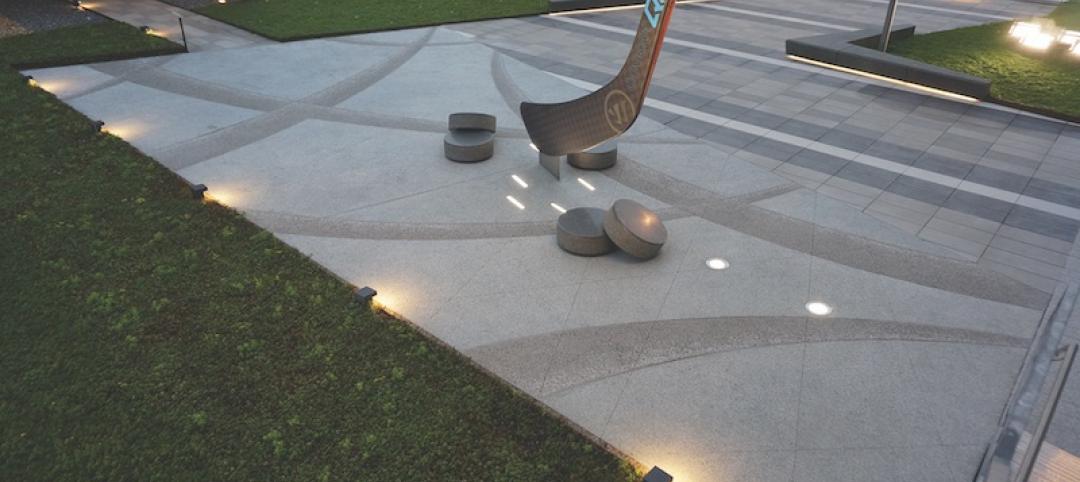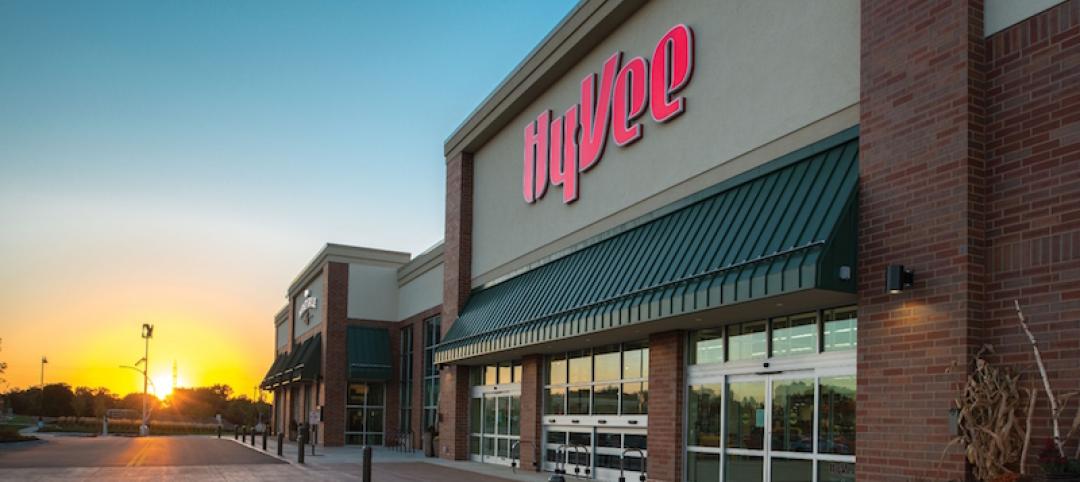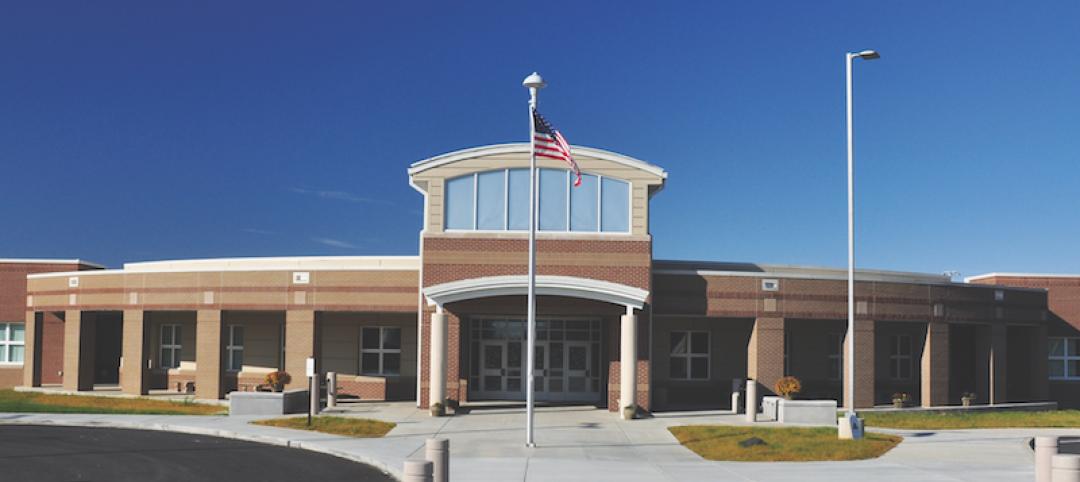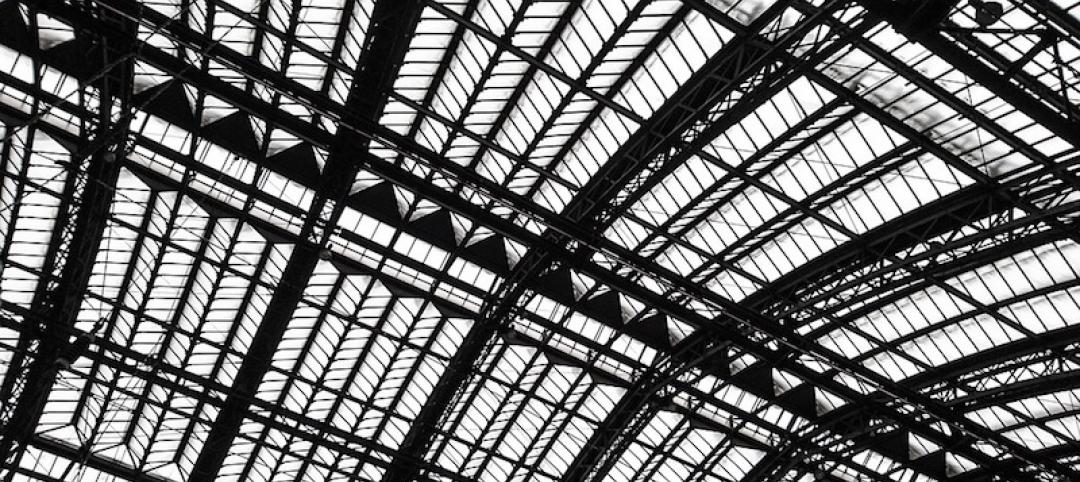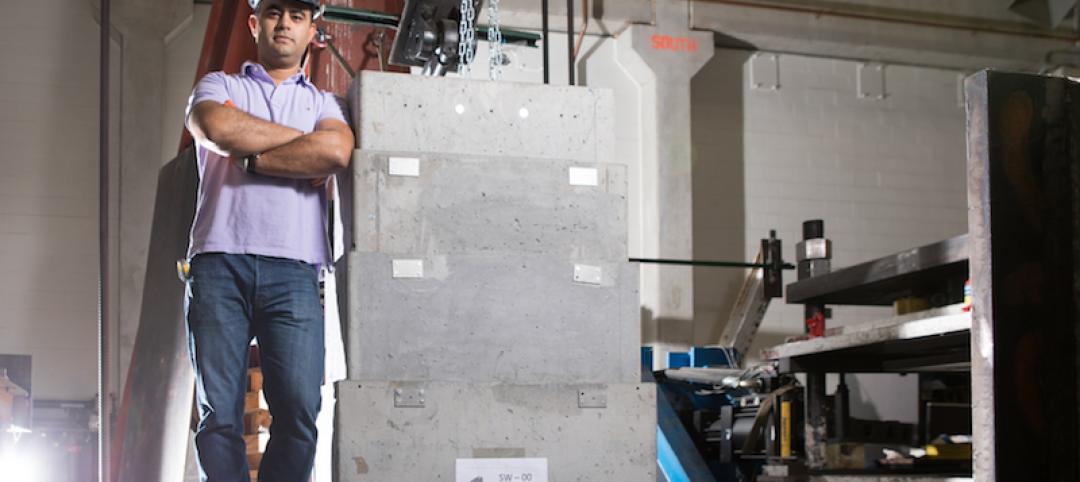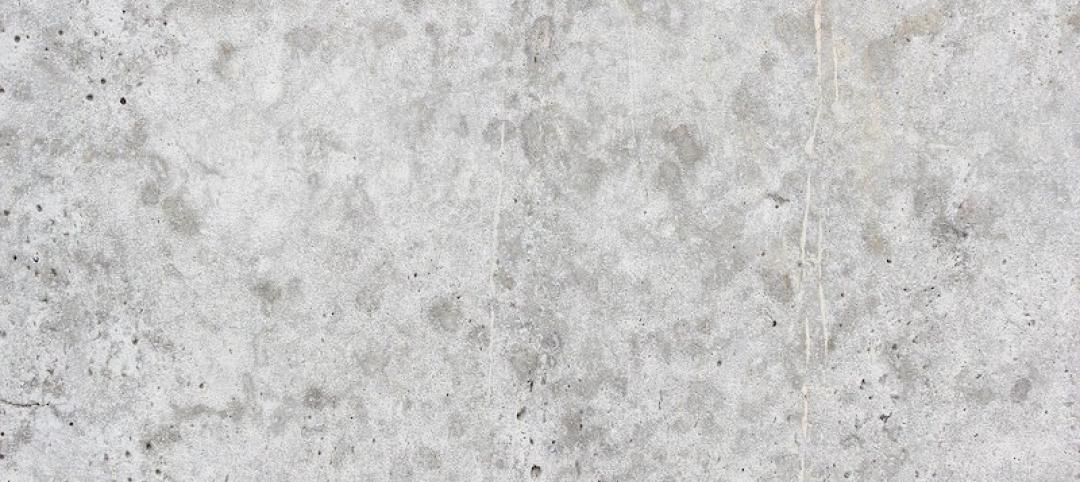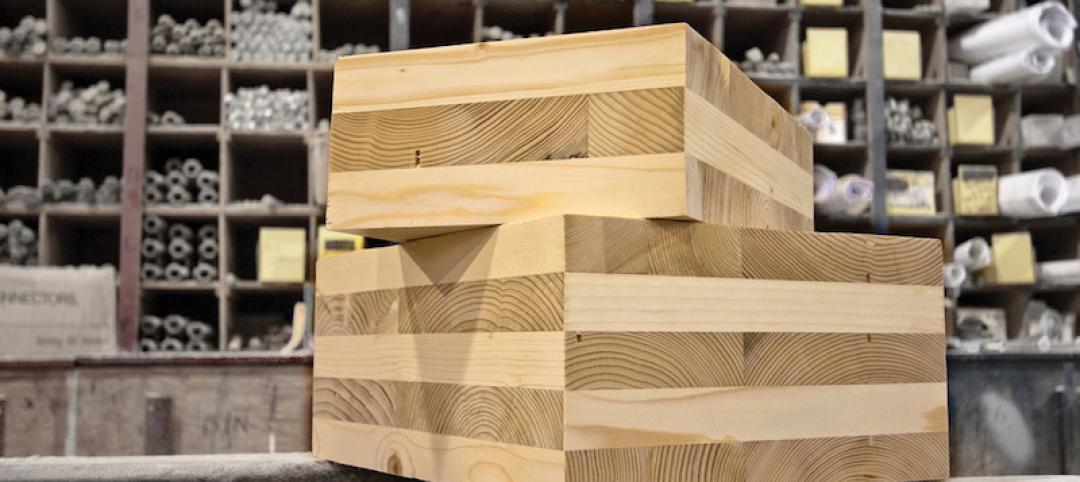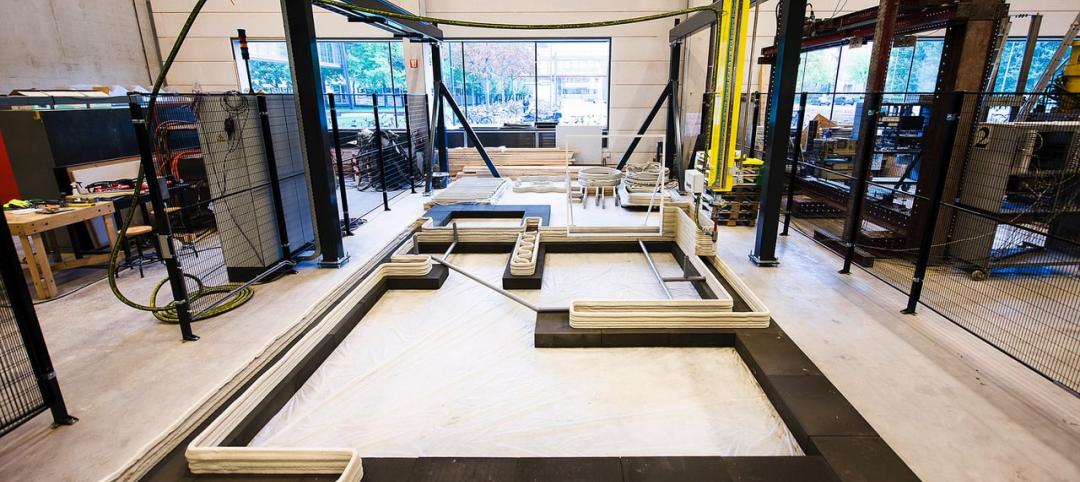Mexico City is only 31 years removed from a devastating earthquake that killed 5,000 people.
Triangular buildings have a tendency to twist when subjected to lateral loads, wind, and earthquake forces.
These two facts aren’t stopping Arup, the engineer, and L. Benjamin Romano Arquitects, the designer, from building the 57-story Torre Reforma in Mexico’s capital.
The tower is reinforced so efficiently that computer simulations determined that it can withstand all earthquake activity for 2,500 years.
Curbed reports that the 800-foot-tall building has a series of double-V hangers and irregularly spaced gaps that give room for the concrete to constrict, allowing the structure to bend. Also, a 10-story basement provides additional support at its base.
The architects chose concrete because it will block out the sun and keep the building cooler, and because the thick walls will allow the building to support itself without steel columns. This means cheaper construction costs, and more importantly, open floor plans. The triangular peak of the building will also contain elevators and egress stairways, freeing up even more room.
The $100 million tower, which has office and retail space, is seeking LEED Platinum certification.
Related Stories
Concrete | Apr 7, 2017
‘Cool’ pavement creates ice rink aesthetic outside NHL practice facility
The concrete contains unique colors, aggregates, and textures.
Sponsored | Concrete | Apr 4, 2017
Fueling a grocer's rapid expansion
Fabcon has worked closely with Hy-Vee’s architects and designers to produce a custom finish for their precast panels.
Sponsored | Concrete | Mar 8, 2017
Building success with NUDURA Insulated Building Technology
Research provides evidence that schools throughout North America are moving toward greener and healthier building solutions and the demand for energy performance has become increasingly more important.
Wood | Jan 13, 2017
Steel and concrete's take on tall wood
The American Institute of Steel Construction contends that the steel industry is a “world leader” in using recycled material and end-of-life recycling, and has made strides to lower greenhouse gas emissions below regulatory requirements.
Concrete Technology | Dec 5, 2016
Telescopic walls could help combat the damages of floodwaters
The project is currently under development by a Ph.D. candidate at the University of Buffalo.
Sponsored | Concrete | Nov 11, 2016
Fabcon Precast is built for speed
It’s difficult for other construction methods to match Fabcon’s speed, especially when weather is a determining factor–as it almost always is in Canada.
Codes and Standards | Oct 12, 2016
Making concrete greener
The high energy-consuming material can be made more sustainably.
Concrete | Aug 2, 2016
Concrete Association builds case against cross-laminated timber
The campaign asserts that not enough is known about CLT in construction
3D Printing | Jun 14, 2016
By 2021, 3D concrete printing is projected to be a $56.4 million industry
The 3D concrete printing industry is expected to more than double in size within the next five years.
Concrete | Jun 13, 2016
American Concrete Institute releases new Guide to Shotcrete
Includes information on application procedures, testing.


